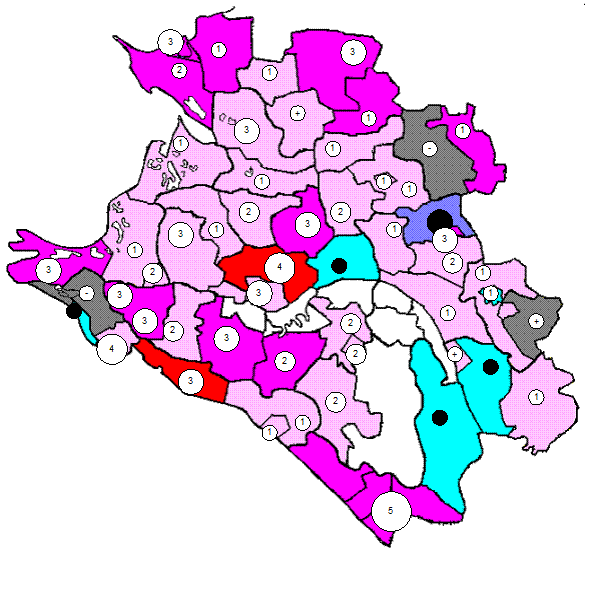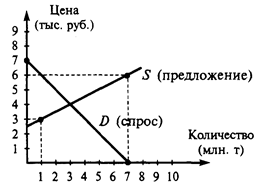Quantized text №2
Viral hepatitis - the group of infectious diseases caused by specific viruses are characterized by a diffuse inflammation of the liver parenchyma_ Currently identified six types of hepatotropic viruses (A, B, C, D, E, G), which account for about 90% of all cases of viral hepatitis_ And viruses hepatitis A and E cause only acute disease and viruses B, C, D may be the cause and chronic forms of the disease, which often progresses and causes disability and death of the patient as a result of the development of cirrhosis and liver cancer if_ Chronic hepatitis - diffuse liver disease, continued for at least 3 months. Chronic hepatitis may result alcoholic, toxic effects on the liver, drug action, α1-antitrypsin deficiency and other factors. However, the main cause is acute viral hepatitis B, C, D. The transition of acute viral hepatitis in chronic manifested high ALT levels (5 - 10 above normal) for more than 2 months, the presence of HBsAg (6 months after the acute phase), changes in the structure of the liver parenchyma, the presence of sensitized T cells to hepatic lipoprotein (a 10 - 12 weeks) and other features_ Chronic viral hepatitis is more common in men older than 30 years. According to the degree of activity distinguish 3 forms of chronic viral hepatitis: chronic persistent, chronic active and chronic active hepatitis - cirrhosis. The clinical picture is determined by the phase of the disease (exacerbation or remission)_ Typically, patients complain of weakness, weight loss, bitterness in the mouth, itching, pain (severity) in the right upper quadrant itp Diagnosis of acute and chronic viral hepatitis is based on epidemiological, clinical and laboratory evaluation of the patient.
Viral hepatitis A (hepatitis A virus (HAV)) Inflammation of the liver caused by an RNA virus of the family Picornaviridae - hepatitis A virus (HAV)_ Hepatitis A occurs enteral (oral-fecal) way - through the virus-containing food, water, feces. Transmission is associated primarily with non-compliance with the rules of personal hygiene. The incubation period of the disease - 14 - 45 days, an average of about 30 days. However, infected persons in 90% of cases, the virus was isolated from the faeces before the onset of clinical symptoms_ Two weeks after the first appearance of dark urine, jaundice of the skin and mucous membranes, and at a later date virus in feces is not released. Usually the disease is self-healing ends_ Transition into a chronic stage of liver cirrhosis and usually does not occur. However, according to some acute viral hepatitis A may become chronic in 1-2% of cases. In the first two weeks of the clinical stage of the disease in the blood, a rapid increase in anti-HCV testing which is used for the serological diagnosis of this infection. Markers of hepatitis A: 1. Identification of HCV RNA A (HAV RNA) - qualitative detection of the hepatitis A virus genome by PCR in blood plasma. 2. class Ig M antibodies to hepatitis A virus (anti-HAV-Ig M) Determination of antibodies against Ig M class of hepatitis A virus is characteristic of the acute period of hepatitis A. 3. Antibodies classes total Ig M and G to the hepatitis A virus Determination of antibodies of the Ig M and G to the hepatitis A virus demonstrates adjourned or current infection with the virus_
|




